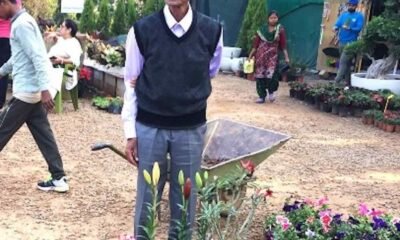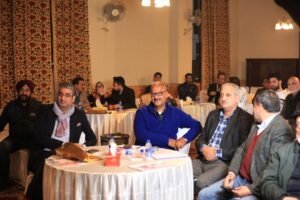Mir Aiyaz
Standing near a windowsill in a two-room structure, Zahida, in her early 30s is calling out her children for breakfast at 9 o’clock in the morning to complete the unfinished work and tend to her kitchen garden along with her mother-in-law.
But this is not the routine Zahida had thought of when she arrived as a newlywed bride back in 2009. She is well trained in the art of embroidery, having taught many girls in the Magam area of Handwara to become self-reliant.
Artisans of this Kashmir craft village battle for survival
“I taught girls handicrafts here, especially during winters. Some came to learn out of curiosity and others to become financially independent,” says Zahida partly circled by children with mobile phones.
During the 90s, when Kashmir was facing an untoward situation, Zahida’s father, the breadwinner of the family, was injured in a cross-firing. It was right after that incident, that she decided to switch from studies and focused on a skill that would add some bucks to the family income.
“At the time of training and even after that, we were paid just Rs 100 on monthly basis at a centre, ” recalls Zahida.
When the work had gathered some pace and she was making a good sum using the gold and silver thread to beautify the traditional pherans of women in the village, machines arrived to snatch the livelihood of many like hers.
“For the first two years after marriage, work was good, and one was able to earn. But the sudden arrival of machine-embroidered work halted the business of hand-embroidered pherans,” says Zahida.
Since then the decline began and women, according to her, prefer machine-made even though the hand-embroidered are stronger and long-lasting.
Zahida is not the only one trained, her younger sister, Rifat is also well versed with knitting and could pass on her skill to those willing to learn. “For that, we should have a centre where we can teach girls and earn for ourselves as well,” said 23-year-old Rifat folding her hand-knitted sweater.
The changes from the last few years have made much wind up the work because the ROI (return on investment) is negligible.
“It takes us around a week if done continuously from morning to evening, but due to other important chores at home, we take around a month to finish one pheran,” says Zahida who is set to go for work in a lawn cum kitchen garden.
As of now, according to her, two pherans are still kept unattended in a tin box. “Knowing the return and time required, I don’t feel like working anymore,” says a visible dejected Zahida.
Many in the area believe if they are given the attention they deserve from the government, they could teach others, especially girls from financially weaker sections of the society.
For 34-year-old Parveena though, discontinuing is not an option. She gets some work from the shopkeepers in Hindwara and helps her husband who is a daily wage labourer.
Whenever in the market, the sight of machine-embroidered pherans hanging outside shops brings back the dreams Zahida had woven in her mind before marriage: “Besides becoming a helping hand of my family, I would buy a bicycle and many other things for my son out of my own earnings.” But that remains a plan buried in the heart of a skilled woman.




 Industry4 years ago
Industry4 years ago


 Economy2 years ago
Economy2 years ago
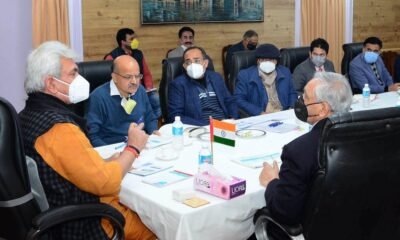

 Energy4 years ago
Energy4 years ago


 Infra4 years ago
Infra4 years ago
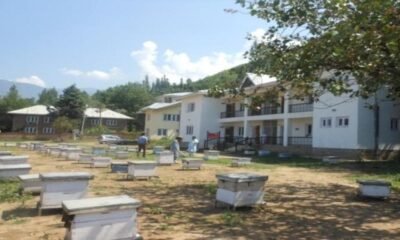

 AgriBiz4 years ago
AgriBiz4 years ago


 Jobs4 years ago
Jobs4 years ago
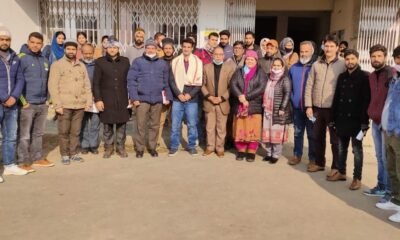

 Careers4 years ago
Careers4 years ago


 Industry4 years ago
Industry4 years ago











